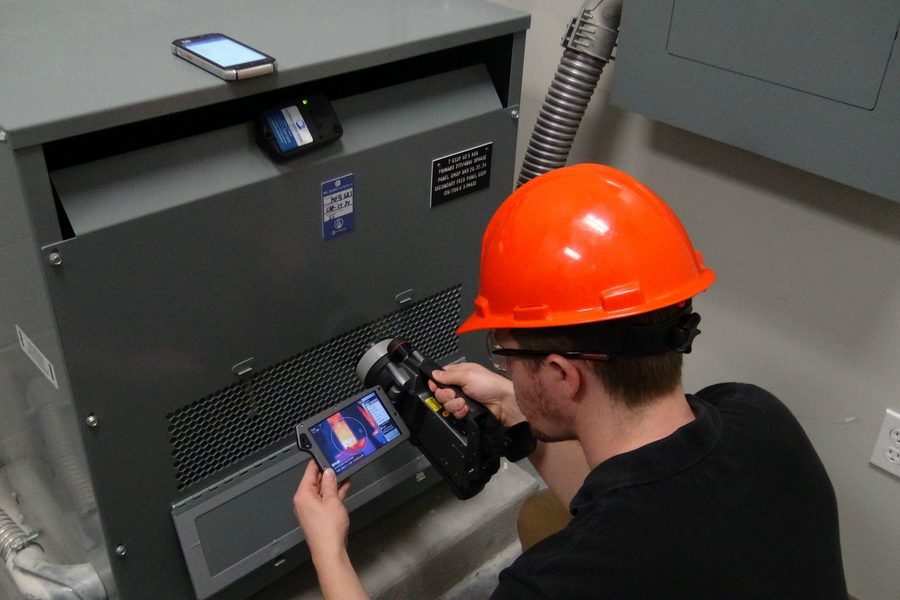Transformers are integral components in electrical systems responsible for voltage conversion and power distribution. Just like any machinery, transformers require regular maintenance to ensure optimal performance and prevent unexpected breakdowns. This article will delve into the significance of transformer maintenance, highlight signs that signal the need for care, and outline various levels of maintenance checks that the marine engineering company Dubai – Al Ghaima provides.
Proactive maintenance is paramount for the smooth and safe operation of transformers. Regular inspections enable the identification and resolution of both major and minor issues before they escalate. This not only ensures the longevity of the transformer but also guarantees compliance with safety standards.
Tailoring Maintenance Frequency to Transformer Needs
The frequency of maintenance hinges on the transformer’s operational environment and usage. In ideal, clean, and dry settings, annual inspections may suffice. However, environments laden with contaminants, such as dust or chemical fumes, may necessitate more frequent checks, typically every 3 to 6 months.
Recognizing Maintenance Triggers
In addition to scheduled inspections, vigilant monitoring of your transformer is essential. Any unexpected tripping or activation of safety devices should trigger immediate investigation. Here are common indicators that should prompt maintenance consideration:
Key Maintenance Cues
Low Insulation Resistance: A significant decline in insulation resistance signals potential issues that warrant prompt attention to prevent further deterioration.
Abnormal Operating Temperatures: Transformers should operate within specified temperature ranges. Any deviations can indicate underlying problems.
Automatic Protection Device Trips on Startup: If protection devices trip during startup, it suggests issues demanding immediate attention.
For Dry-Type Transformers
- Unexpected secondary voltage
- Non-symmetrical voltages on the secondary side
- Spurious triggering during operation
- Blown high voltage fuses during operation
- Unusual noise from the unit
- High earth voltage
- Smoke.
For Liquid-Filled Transformers
- Low insulation resistance
- Non-symmetrical voltages on the secondary side
- Over-current relay activation
- Differential relay activation during operation
- Spurious triggering during operation
- Abnormal operating temperature detected by thermography
- Alarm or trip on winding and/or top-oil thermometers
- Oil flow trip
- Buchholz-gas relay alarm
- Leakage detector alarm.
Conclusion: Proactive Transformer Care
Understanding these vital indicators is essential for preserving the health and longevity of your transformers. Regular inspections and prompt action when these signals arise can help you avoid costly disruptions, ensure safety, and extend the life of these critical components. Don’t wait for problems to escalate; find an electrical transformer repairing service to maintain vigilance to ensure reliable transformer operation.

Snowboarder, follower of Christ, music blogger, hand letterer and AIGA member. Acting at the crossroads of simplicity and sustainability to give life to your brand. Let’s chat.
